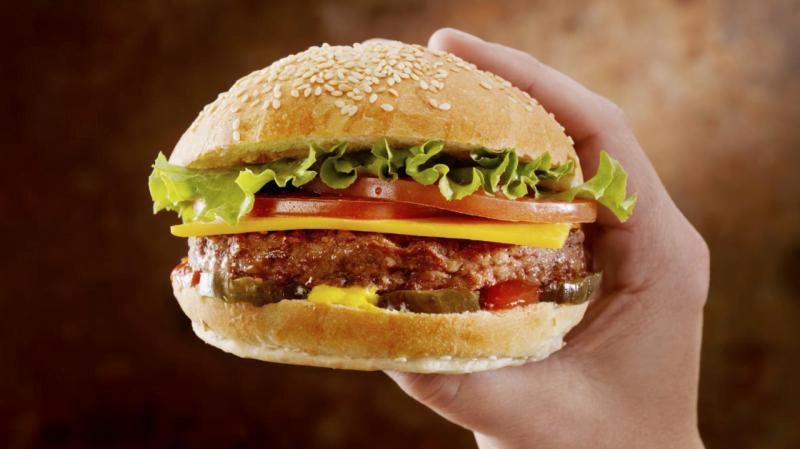The price of lettuce and broccoli has gone up, but there’s a swag of healthy food items Australians commonly eat that have stayed the same price or gotten cheaper compared to three years ago, a study has found.
Deakin University researchers have tracked Coles and Woolworths prices of 28 core healthy foods commonly consumed by Australians, between 2020-2022.
The study showed certain items spiked in price: the cost of broccoli rose 101 per cent, iceberg lettuce was up 100 per cent, tomatoes were up 43 per cent and olive oil, up 33 per cent.
However there was no overall price change for bananas, free range eggs, bottled water, canned tuna, red onion, sweet corn and carrots.
And some staple items, such as oranges, apples and a Edgell tin of four-bean mix 400 grams, were actually cheaper in 2022 compared to 2020.
Lead researcher, Christina Zorbas, from Deakin’s Institute for Health Transformation, said the data showed the fruit prices were not as affected as veggie prices.
“That goes to show that we’ve got good production locally and good supply chains there,” she said.
“But then it’s quite interesting to note that there’s that middle ground where the food prices have gone up by five to 10%.
“Across the board, all our staple things like dairy, our meats, and our carbs like our pasta and our breads are going up, even just by a little bit.
“That’s adding onto everyone’s weekly supermarket shop. I think people are really feeling it. The data is just reflecting that.”
More broadly, the Australian Bureau of Statistics and recent consumer price index indicated fruit and veggies went up almost 7% and takeaway goods, by less than 1%, Dr Zorbas said.
“That’s why we do focus on the healthy stuff because the unhealthy stuff tends to be priced a bit more steadily,” she said.
“It’s interesting and just goes to show that we need to do a lot more to make sure the healthy diet prices are steady too.”
The prices of the 28 healthy items were monitored at the two major supermarkets weekly, as part of the research team’s broader study of the link between food affordability and diet.
Dr Zorbas said the cost of healthy food was probably the number one reason people blamed for not eating a healthy diet.
“It’s the biggest barrier, because people say healthy diets are too expensive, and the less healthy options are cheaper,” she said.
“So we set out on a mission to understand how much of that is quantifiable and how much of that is maybe public perception around price.”
She said the research team aimed to address the “many gaps” in food price research at a national level.
“Food price is one of the biggest determinants of health, really. If you can’t afford a healthy diet, then you’re at a bigger risk of so many diseases, weight gain, type two diabetes, heart disease, all sorts of things,” she said.
“There’s a lot more data and we’re hoping in the future to report on it in a more frequent and robust way.”
Extracted from AFR



